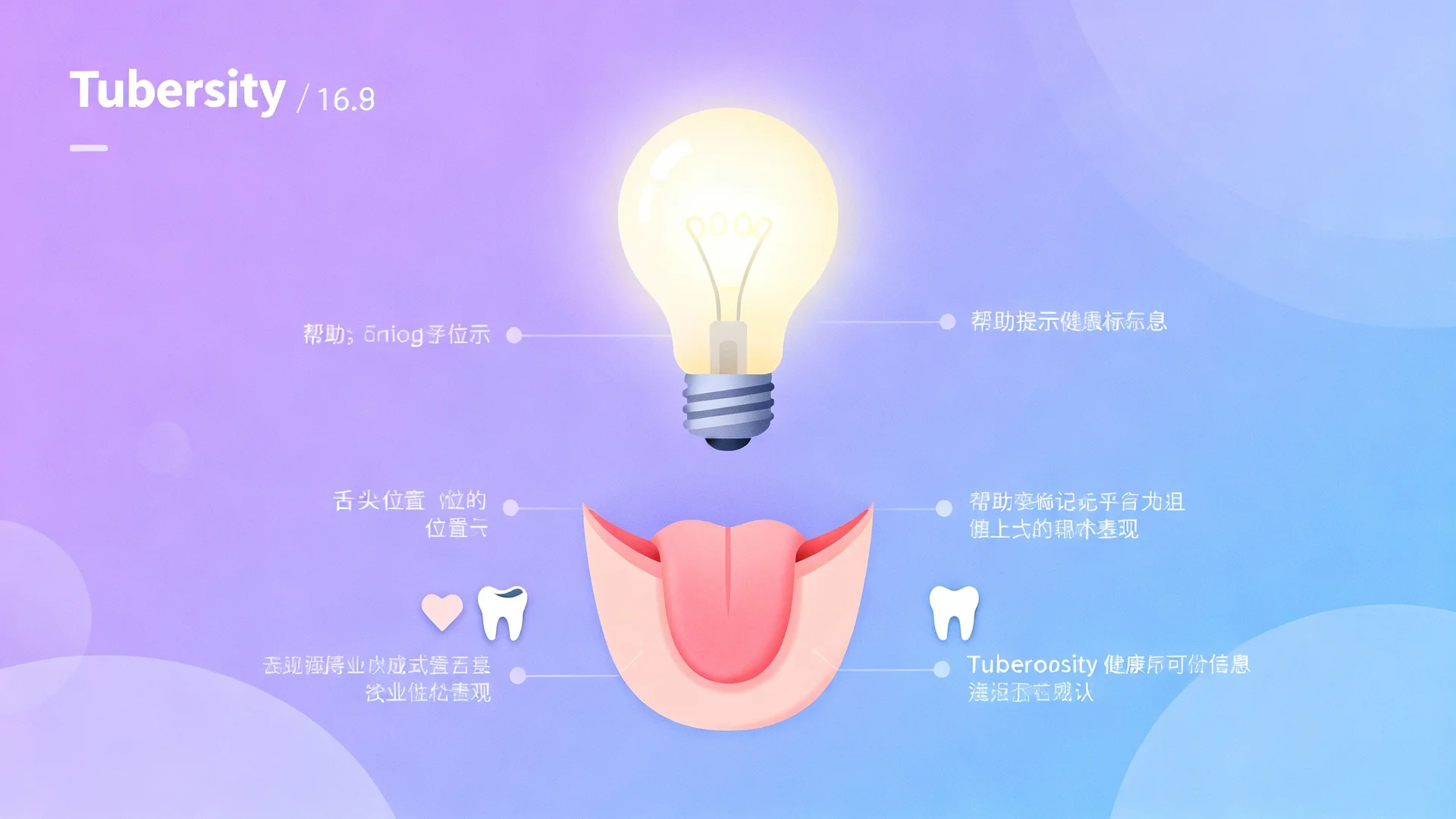
Loading...
Checking authentication...
Practice your pronunciation with interactive games and challenges.
Start PlayingIn the realm of anatomy, tuberosity refers to a large prominence on a bone, often serving as an attachment point for muscles or ligaments. Think of it as the body's natural Lego block, essential for structural stability and movement. Unlike its lesser-known cousin, the tubercle, a tuberosity is more pronounced and plays a critical role in our skeletal framework.
For instance, the ischial tuberosity, sometimes humorously referred to as the "sitting bone," forms part of the pelvis. It bears our weight when we sit, underscoring its importance in everyday activities. Imagine trying to sit comfortably without it-an almost impossible feat!
Beyond its anatomical significance, tuberosity contributes to the functionality of our bodies in numerous ways:
The term 'tuberosity' originates from the Latin word "tuberosus," meaning "full of lumps." This vividly descriptive etymology paints a picture of the bone's surface, characterized by protruding areas that serve practical purposes. The word itself has a rhythmic quality, echoing its anatomical function-solid, grounded, and essential.
Considering the roots of the word can deepen our appreciation for its application, not only in anatomy but in language itself. It's a prime example of how Latin continues to influence modern English, particularly in specialized fields.
While pronunciation might seem straightforward, mastering the nuances of 'tuberosity' can elevate your linguistic prowess. For those eager to learn, our pronunciation guide provides an excellent resource. Additionally, a video guide can offer visual and auditory assistance, ensuring you articulate this term with confidence in any setting.
Understanding tuberosity extends beyond the medical field. In disciplines such as anthropology and archaeology, tuberosities can offer clues about the physical activities of past populations. By examining wear and tear on these bony prominences, researchers can infer lifestyle patterns, such as the prevalence of certain activities like running or heavy lifting.
As we explore the broader implications of tuberosity, consider these questions:
As we unravel the complexities of tuberosity, it becomes clear that these bony prominences are silent architects of our movement and function. They tell tales of our evolutionary past and hold the potential to unlock secrets of ancient civilizations. More than a mere anatomical term, tuberosity is a cornerstone of human structure, a testament to the intricate design of our bodies.
Next time you encounter the word 'tuberosity,' let it remind you of the hidden wonders beneath our skin. Embrace the opportunity to delve deeper, and perhaps, share your newfound knowledge at the next dinner party, igniting curiosity and conversation among your peers.